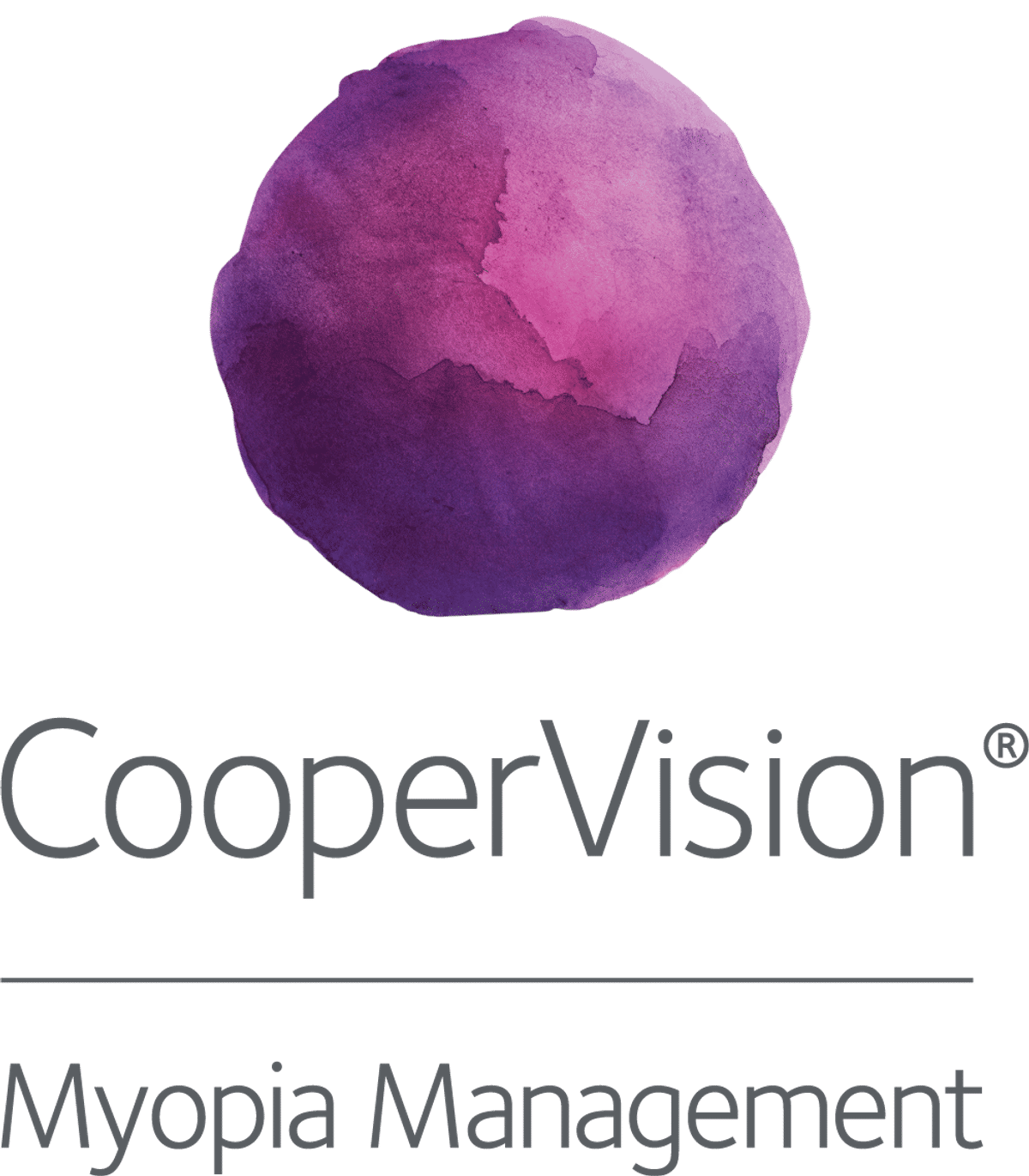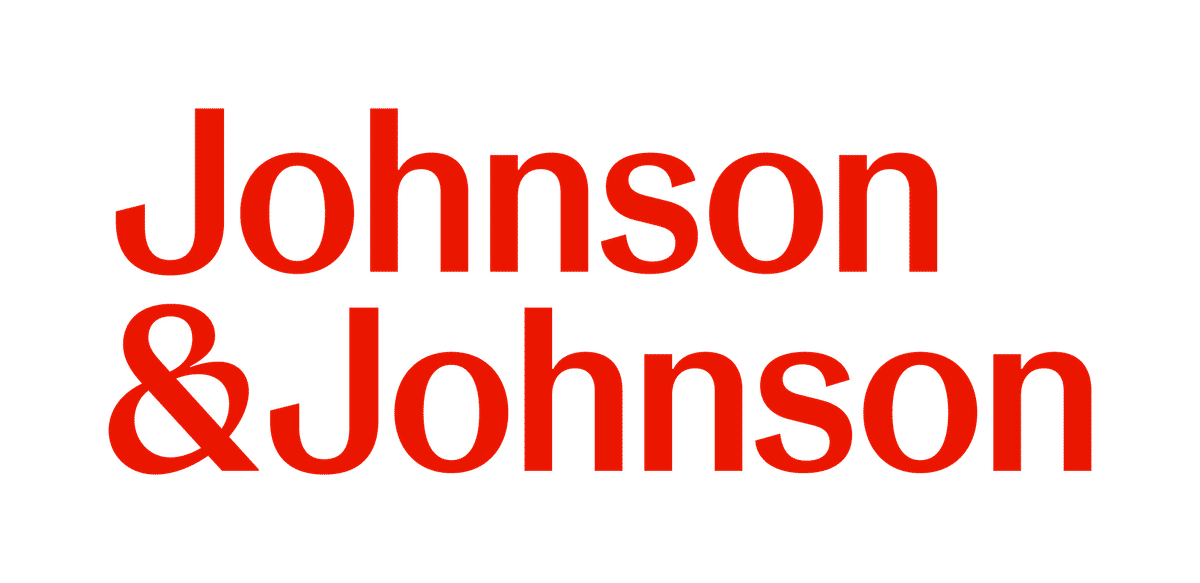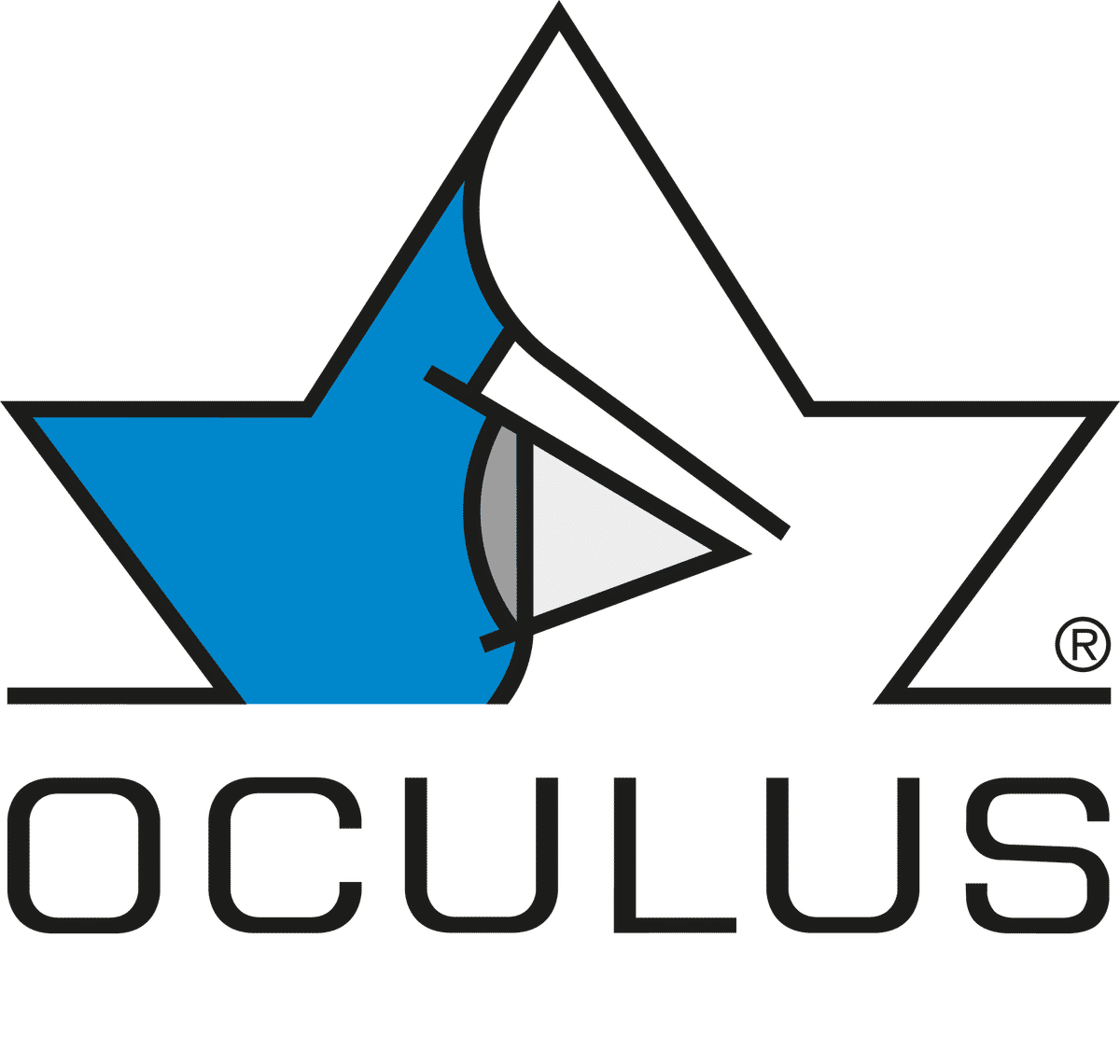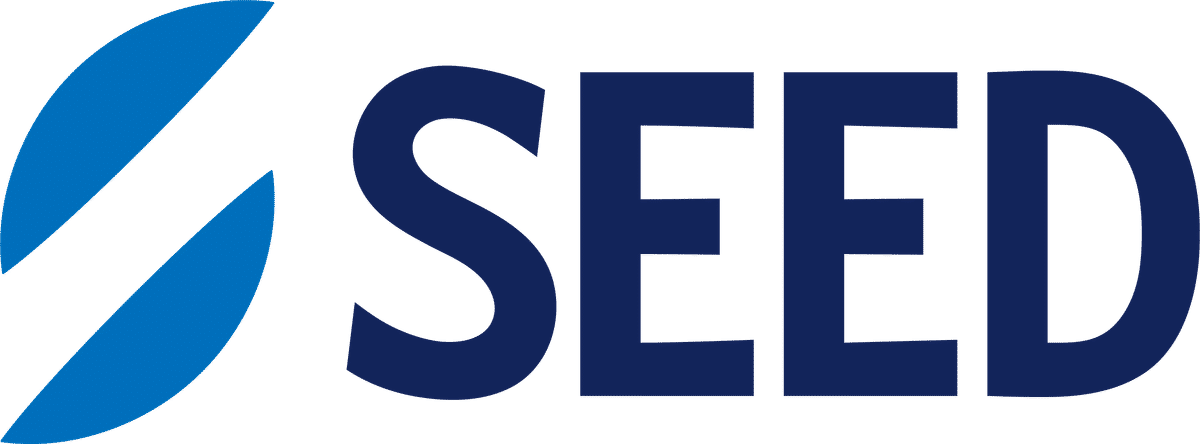Science
ARVO2025 Recap #2 - Innovations in optical treatments
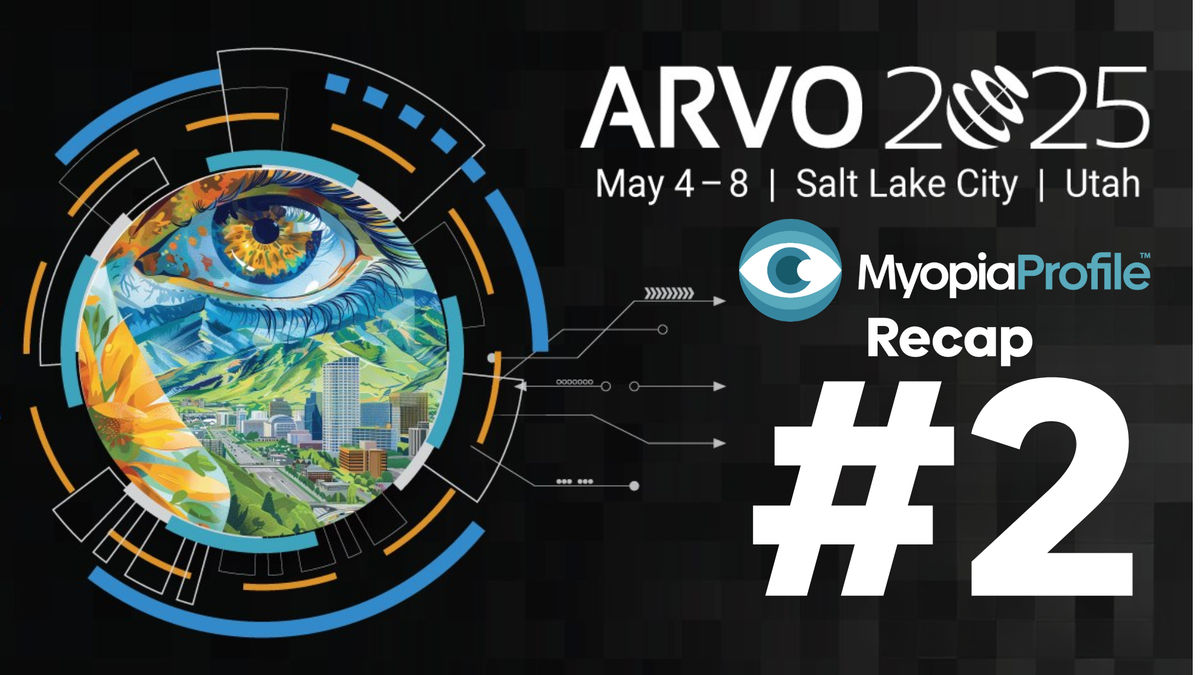
In this article:
Myopia Profile reported live from the Association for Research in Vision and Ophthalmology (ARVO) annual meeting in Salt Lake City, USA where vision scientists from around the world shared their latest research. This 2nd recap spotlights emerging spectacle and contact lens technologies, including multizone defocus, lenslet arrays, and extended depth of focus designs.
- Evaluation of the Visual Performance of Two Modified Defocus Incorporated Multiple Segments (DIMS) Spectacle Lens Designs
- Myopia Control Efficacy and Choroid Response with Dual-Focus Contact Lenses in Chinese Children
- Myopia management efficacy of extended depth of focus soft contact lenses in Caucasian children with progressive myopia
- Retinal contrast reduction induced by different myopia-control spectacles
- Two-year clinical trial of myopia control with Lenslet-ARray-Integrated (LARI) spectacle lenses with positive power and negative power lenslets
- Effectiveness of Near-Work use Multizone-Defocus-Plano Spectacles (MDPs) in Mitigating Axial Elongation and Myopia Shift in Non-Myopic Children: A Cluster Randomized Controlled Trial
Evaluation of the Visual Performance of Two Modified Defocus Incorporated Multiple Segments (DIMS) Spectacle Lens Designs
Image is: Carly Lam (right) and Kenneth Liu (left) from The Hong Kong Polytechnic University, Hong Kong, and co-authors.
Authors: Carly S Y Lam¹,², Kenneth Liu¹², Han Yu Zhang³,², Hua Qi⁴, Keigo Hasegawa⁴, Shohei Matsuoka⁴, Ka Yan Leung¹, Dennis Yan-yin Tse¹,², Chi Ho To¹
- Centre for Myopia Research, School of Optometry, The Hong Kong Polytechnic University, Hong Kong, China
- Centre for Eye and Vision Research Limited, Hong Kong, Hong Kong
- School of Medicine, Nankai University, Tianjin, Tianjin, China
- Vision Care Section, Technical Research and Development Department, Hoya Corporation, Tokyo, Japan
Summary
Two modified DIMS spectacle lenses (D1 and D2) - featuring increased defocus power and altered central zones, were compared to standard DIMS and single vision lenses in short-term visual performance. A prospective crossover trial was conducted whereby 38 participants wore each design for one week in random order, and completed visual function testing and symptom questionnaires. Between the 4 lens designs, no significant differences were observed in distance VA, but the D2 design showed slightly reduced near VA under high and low contrast conditions. All lenses showed comparable visual functions, but symptoms like difficulty focusing were reported more frequently with DIMS variants.
Myopia Control Efficacy and Choroid Response with Dual-Focus Contact Lenses in Chinese Children
Image: Charlotte Wang (middle), Baskar Arumugam (2nd from right), Arthur Bradley (2nd from left), Paul Chamberlain (right) from CooperVision Inc., USA, and co-authors. And bonus Paul Gifford! ⭐
Authors: Yiyi Charlotte Wang¹, Baskar Arumugam¹, Arthur Bradley¹, Scott A Read², Jun Jiang³, Paul Chamberlain¹
- CooperVision Inc, Pleasanton, California, United States
- Optometry and Vision Science, Queensland University of Technology, Brisbane, Queensland, Australia
- Wenzhou Medical University Eye Hospital, Wenzhou, Zhejiang, China
Summary
In a multi-center, double masked RCT, the one-year myopia control efficacy and choroidal response to MiSight 1 day dual-focus contact lenses in Chinese children was assessed. Children aged 7–11 years, were assigned to wear either control (n=18, Proclear 1 day) or test lenses (n=32, MiSight 1 day), and axial elongation, cycloplegic refraction, and choroidal thickness were measured. After 12 months, MiSight 1 day demonstrated slower axial length growth and myopia progression compared to controls (mean treatment difference 0.25mm/0.53D). Choroidal thickness change was associated with axial growth; the treatment group showed sustained thickening at 1 year, while control eyes showed significant thinning.
Myopia management efficacy of extended depth of focus soft contact lenses in Caucasian children with progressive myopia
Image is Sergio Díaz-Gómez (right) and Jesús Carballo (left) from Complutense University of Madrid, Spain, and co-authors.
Paper: Four-year myopia management efficacy of extended depth of focus soft contact lenses in Caucasian children with progressive Myopia
Authors: Sergio Díaz-Gómez¹², Mercedes Burgos Martínez³, Padmaja Sankaridurg⁴, Mónica Velasco de la Fuente³, Jesús Carballo²
- Optometry, Miranza COI Bilbao, Bilbao, Vizcaya, Spain
- Optometry, Complutense University of Madrid, Madrid, Madrid, Spain
- Mark Ennovy, Euclid Vision Group, Madrid, Madrid, Spain
- School of Optometry and Vision Science / Faculty of Medicine and Health, University of New South Wales, Sydney, New South Wales, Australia
Paper: Two-year myopia management efficacy of extended depth of focus soft toric contact lenses in Caucasian children with progressive Myopia and Astigmatism
Authors: Jesús Carballo¹, Mercedes Burgos Martínez², Amaia Urkia-Solorzano³, Mónica Velasco de la Fuente², Elena Durán Prieto², Sergio Díaz-Gómez³
- Optometry and Vision Science, Universidad Complutense de Madrid, Facultad de Óptica y Optometría, Madrid, Community of Madrid, Spain
- Mark Ennovy, Spain
- Miranza COI, Spain
Summary
A longitudinal prospective trial was conducted to evaluate the progression of myopia and axial length change in Caucasian children wearing extended depth of focus (EDOF) soft contact lenses, compared to single vision distance glasses. 47 children with progressive myopia; aged 6-13 years old, were fitted with Mark'ennovy EDOF soft contact lenses, whereas 51 wore spectacles. After 4 years, those wearing EDOF showed significantly less myopic progression than the single vision group (-1.13D vs -2.10D). The cumulative absolute reduction in axial elongation was 0.53mm, and subjective ratings of vision, comfort, and handling remained high (mean rating ≥9/10).
Building on this, a 2-year study focused on a subgroup with both progressive myopia and astigmatism - comparing EDOF toric lenses to single vision toric spectacles in 16 children (7-13 years old). Myopia progression and axial elongation were lower in the EDOF toric group (-0.45D/0.29mm) than the spectacle group (-1.04D / 0.62mm). Overall, the difference between the two groups was 0.33mm and 0.59D.
Retinal contrast reduction induced by different myopia-control spectacles
Image is Zhenghua Lin from Universidad de Murcia, Spain.
Authors: Zhenghua Lin¹,², Weizhong Lan²,³, Zhikuan Yang²,³, Pablo Artal¹,²
- Laboratorio de Óptica, Universidad de Murcia, Murcia, Region of Murcia, Spain
- Aier Academy of Ophthalmology, Central South University, Changsha, Hunan, China
- Aier School of Optometry and Vision Science, Hubei University, Wuhan, Hubei, China
Summary
The retinal contrast reduction of four different types of myopia control spectacles (DIMS, Stellest, DOT, and MyoCare) were compared to better understand their underlying optical effects. Using a double-pass imaging system, through-focus images (TFI) were captured in a model eye and in 10 real eyes centrally and at 10°/20° eccentricities, while wearing each spectacle lens. In real eyes, the highest contrast was recorded with the naked eye (2.0), followed by DIMS (1.8), with MyoCare and Stellest at similar levels (1.54 and 1.53, respectively). Results showed all myopia control lenses reduce retinal contrast proportional to the relative peripheral defocus induced by each lens design.
Two-year clinical trial of myopia control with Lenslet-ARray-Integrated (LARI) spectacle lenses with positive power and negative power lenslets
Jun Jiang from the Eye Hospital of Wenzhou Medical University, China.
Authors: Jun Jiang¹, Binbin Su¹, Jingwei Zheng¹
Eye Hospital of Wenzhou Medical University, China
Summary
This study evaluated the 2-year myopia control efficacy of Lenslet-ARray-Integrated (LARI) spectacle lenses with positive (PLARI) and negative (NLARI) powered lenslets, including treatment switching effects. In phase 2 of the study (n=218), children who wore PLARI, NLARI, or SV lenses for 1 year were randomly switched to wearing PLARI or NLARI for another year. Over 2 years, there were no significant differences in myopia progression or axial elongation across LARI groups. However, myopia progressed faster in the second year while axial elongation was similar compared to the first year. Continued use of PLARI and NLARI lenses for 2 years provides sustained myopia control, and switching designs does not appear to enhance treatment outcomes.
Effectiveness of Near-Work use Multizone-Defocus-Plano Spectacles (MDPs) in Mitigating Axial Elongation and Myopia Shift in Non-Myopic Children: A Cluster Randomized Controlled Trial
Ran Guangyao from Central South University, China.
Authors: Ran Guangyao¹², Xiaoning Li²⁵, Zhikuan Yang¹²
- Aier Academy of Ophthalmology, Central South University, China
- Aier Institute of Optometry and Vision Science, China
- Changsha Aier Eye Hospital, China
Summary
A cluster-randomised controlled trial across five schools in Changsha, China, was conducted to assess the efficacy of near-work use Multizone-Defocus-Plano (MDP) spectacles in mitigating myopic shift in non-myopic children aged 7 to 8 years old (n=391). After 12 months, axial elongation was 0.22mm in the MDP group versus 0.32mm in controls, and spherical equivalent refractive error change was –0.24D versus –0.57D. These results suggested that wearing MDP spectacles for near-work activities may effectively delay axial elongation and the onset of myopia in young, non-myopic children.
Meet the Authors:
About Brian Peng
Brian is a clinical optometrist based in Sydney, Australia. He graduated from the University of New South Wales and was awarded the Research Project Prize for his work on myopia. He has a keen interest in myopia-related research, industry, and education.
Read Brian's work on our My Kids Vision website, our public awareness platform. Brian also works on development of various new resources across MyopiaProfile.com.
Enormous thanks to our visionary sponsors
Myopia Profile’s growth into a world leading platform has been made possible through the support of our visionary sponsors, who share our mission to improve children’s vision care worldwide. Click on their logos to learn about how these companies are innovating and developing resources with us to support you in managing your patients with myopia.

